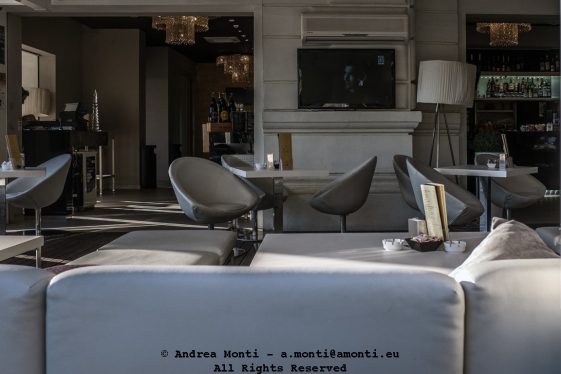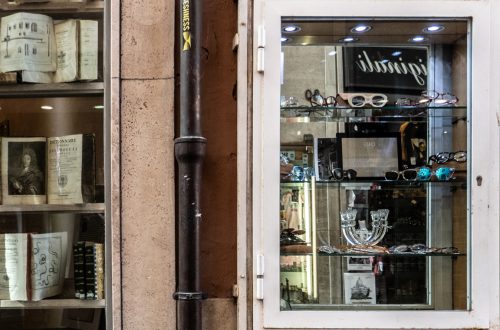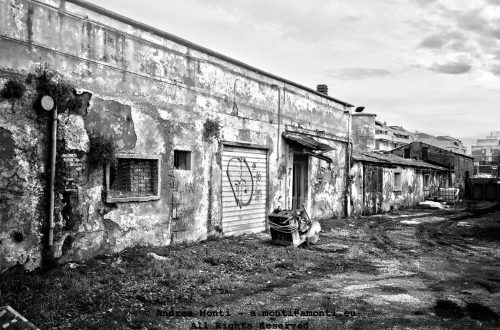The Actor’s Nightmare
The light was soft, early evening. A lounge in perfect order—chairs aligned, menus standing, ashtrays clean. Everything ready for guests who haven’t arrived. Or maybe they already left.
On the wall, a screen glows dimly. A face caught in grainy black and white, paused mid-thought. An actor from some old film, eyes fixed just off-centre. And here’s the strange thing: it looks like he’s watching the room. Looking straight at the empty chairs.
That was the moment I took the frame. Not because the interior was elegant, though it was. Not because the light was dramatic, though it helped. But because the whole space felt like a stage no one clapped for. A set frozen after the scene ended. Or maybe one that never quite began.
The actor on the screen became part of the scene—silent, suspended, waiting. His gaze seems to register the absence, as though he too is wondering where everyone’s gone. As though he’s trapped in a performance that no one’s watching.
This room was built for company. For presence. And now it’s holding its posture like a performer waiting for a cue that never comes. The bar is lit, the chandeliers gleam, and the dialogue on the screen continues, oblivious. But the audience has vanished.
There’s something disquieting about it. Not abandonment, but delay. A feeling that the room knows it should be alive—and isn’t.
And the actor? Still looking. Still delivering his line to no one.





